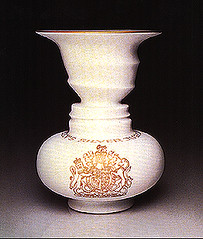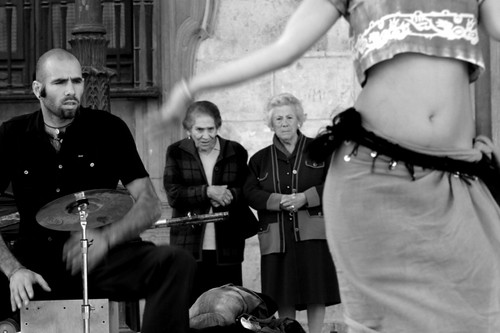Eric Berne (1961) in his book Transactional Analysis in Psychotherapy outlines the four ways by which the diagnosis of ego states can occur
Behavioural diagnosis - This is the most common method used and involves the observation of a person behaviour, body language, voice, demeanours and so forth.
Social diagnosis - This involves observing the types of communications or transactions the person has with others. How others respond to him give some indication of the ego state in which he may be.
Historical diagnosis - This involves enquiring into the persons history. How they acted and responded in their past will give insight into how they are responding in the here and now.
Phenomenological diagnosis - This is the diagnosis of ego states by self examination. An awareness of ones feelings and current experience can be used to assist in the correct diagnosis of ego states.

The need for a contextual diagnosis
For many years psychologists have examined the role of context in human psychology. It is now a widely held belief that humans examined in the context in which they exist will give a much more comprehensive understanding of them.
Indeed context is integral to how we perceive the world, even down to the perception of simple basic objects. This is no better illustrated than with the Rubin vase. When presented with an ambiguous object (ie with no context) humans can fluctuate in what they are actually perceiving. See the Rubin vase below. Some people see a vase, others see two profiles and yet others fluctuate between the two.

Rubin vase
Add in some context and the perception of the figure becomes far more consistent. In the picture below some context has been added such as depth perception and other markings on the object. The vast majority of people will now see a vase rather than two profiles.

The Rubin vase illusion is important because it shows that perception is not solely determined by the image formed on the retina. Thus the very way we see the world is determined by the context of what we are looking at. This of course highlights the integral importance of context in how humans interact with the world.
At the macro end of the scale we have the discipline of social psychology. This whole approach to psychology is based on the assumption that to understand people one has to examine the context in which they live and operate. To view a person in their wider context allows one to gain a fuller comprehension of why they do what they do and indeed who they even are in the psychological sense.
The point at hand here is to demonstrate that from the micro to the marco of human functioning we see the importance and value of context. Thus it is proposed that to diagnose ego states accurately one needs to do a contextual diagnosis. Examples of how this diagnosis works are plentiful and easy to demonstrate.
Contextual diagnosis
A man says, “On July 5th, 2007 the alignment of the planets will create a magnetic field so large that there will be the biggest tides in half a century”. What ego state would be diagnosed?
If that man was of a dishevelled appearance, not shaven for 2 days and was
sitting on a park bench drinking out of a bottle in a brown paper bag what ego
state would be diagnosed?. Probably some kind of regressed Child ego state. If
that man was in an observatory wearing a white coat and carrying a clip board
what ego state would be diagnosed? Probably Adult ego state. The different
contexts for the same statement would tend to result in a different diagnosis.
The context in which the statement is made is central to the diagnosis of ego
states.
Thus one has the fifth way by which ego states can be diagnosed - The contextual diagnosis.

Ego state diagnosis on basis of body
language with very little context?
Possibly perplexed Adult ego state or maybe Adapted Child ego state in some slight discomfort or pain after playing a game.

Ego state diagnosis on basis of body language
within the context of his immediate milieu?
Eye strain with probable Free Child ego state sexual arousal.
References
Berne, E. 1961.
Transactional Analysis in Psychotherapy. Ballantine: New York
Graffiti
No comments:
Post a Comment